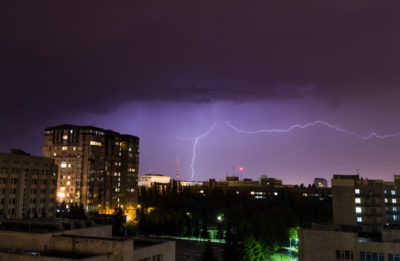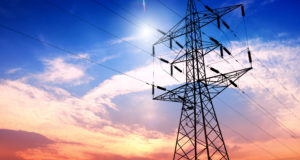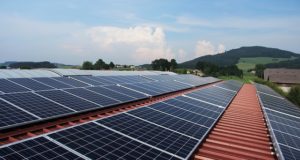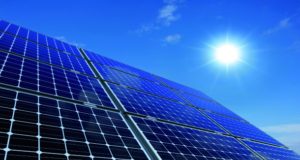
Solar Power When The Grid Goes Down
When most people think of emergency power, they usually think of gasoline, propane or diesel generators.
While generators make a lot of sense in an emergency situation, they do have some tactical downsides. First of all, most generators are relatively loud when they are running, and when coupled with a grid-down situation in which everything around happens to be very silent because the power’s out, you can see how being loud is a disadvantage. Essentially, everyone within a two-mile radius will hear your generator. Perhaps they will come inquiring as to why it is that you’re so well-prepared while they aren’t. Additionally, there is the problem of fueling that generator; you need to have adequate stores of gasoline, diesel or propane, and not only that, you need to have oil and filters to provide the necessary oil changes, which increase in frequency the more you run the generator.
Solar Power
Did you know, however, that you can devise a simple solar panel system for use during emergencies? It’s totally possible to set up a few panels in a freestanding system, coupled with a modest battery bank, so that you can generate at least some power during a grid-down situation. Although a handful of solar panels won’t generate the same amount of power as a large generator, they can still be used to power things like laptops, communications devices, and medical equipment so that you aren’t totally hung out to dry when the power goes off. Additionally, an emergency solar power system is totally silent, so no one will even know you have emergency power. Here’s how to build a simple system:
Select the size of solar panel you want to use
Since this is an emergency system, we aren’t talking about filling your roof with panels; what we are saying is to put together a system that uses between one and four 400 watt panels. The exact sizing of your system is beyond the scope of this article, because only you know what devices you absolutely need to power during an emergency, but sizing guides are available everywhere on line.
An Endless Supply Of Free Electricity From The Sun
Select an inverter
Solar panels put out DC voltage natively. DC voltage is essentially the same sort of voltage that you would get from a battery. What you want is to be able to put out AC voltage, so that you can power the devices in your home during an emergency — things like laptops, power tools or refrigeration. In order to do this, you will need an inverter. Inverters convert the DC voltage that solar panels produce into AC voltage that your home appliances can use. You’ll most definitely want a pure sine wave inverter, especially if you plan to power sensitive electronics such as computers and laptops with your emergency solar system. Pure sine wave inverters most closely replicate the kind of power you have coming out of your wall plug.
Select a battery bank
You don’t just want to generate solar power while the sun is still shining – you want to be able to store the solar energy you create for the nighttime, overcast or cloudy days. In order to store the solar energy, you’ll need an appropriately sized battery bank; this is comprised of special batteries that are sized according to how many panels you have. Most people think solar energy is only good in the daytime; they quickly forget that by using batteries, you can store and use that power 24/7.
Portable Solar Power You Can Depend On In Any Crisis
Wire the system for use
Since this is an emergency backup system, we aren’t planning on tying the solar panel’s energy output to your home’s wiring system for simplicity’s sake. What we recommend is to leave this system purely standalone. The way to do that is to purchase some wall plugs, and clearly mark them as solar only. So when you wire your system, you wire the output of the solar panel to its own, dedicated wall plug. This has a number of advantages. You can use the solar plug anytime you wish, even when not in an emergency, and anything you plug in there will be free power.
A system like this makes perfect sense for an emergency, and will even be useful when there is no emergency. Still, this might seem daunting and it does represent considerable work and patience. Did you know you can purchase a self-contained system like this already made, packaged and ready to go? MySolarBackup.com makes a solar power generator that works using all of the components we mentioned. Not only is this system portable, all of the guesswork is taken out of the equation; simply place the solar panel in direct sunlight, and fire away.
 Off The Grid News Better Ideas For Off The Grid Living
Off The Grid News Better Ideas For Off The Grid Living



